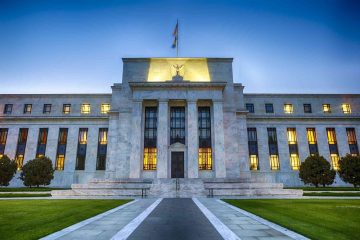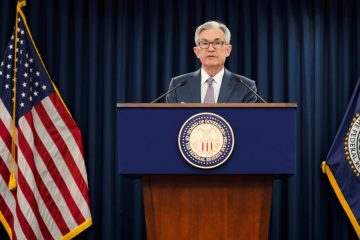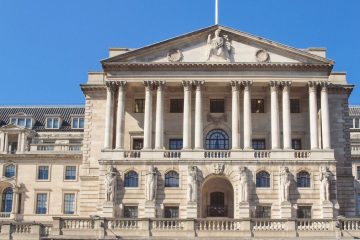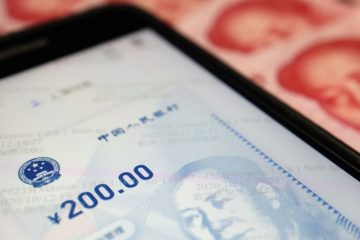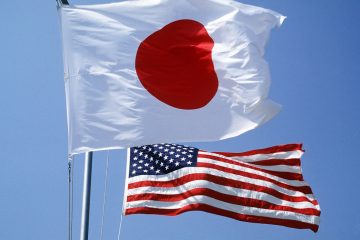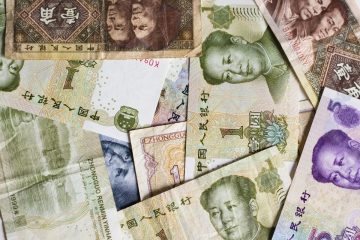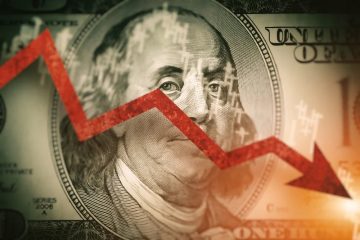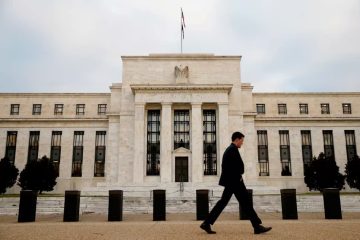Jerome Powell Signals Fed Will Extend Interest-Rate Pause
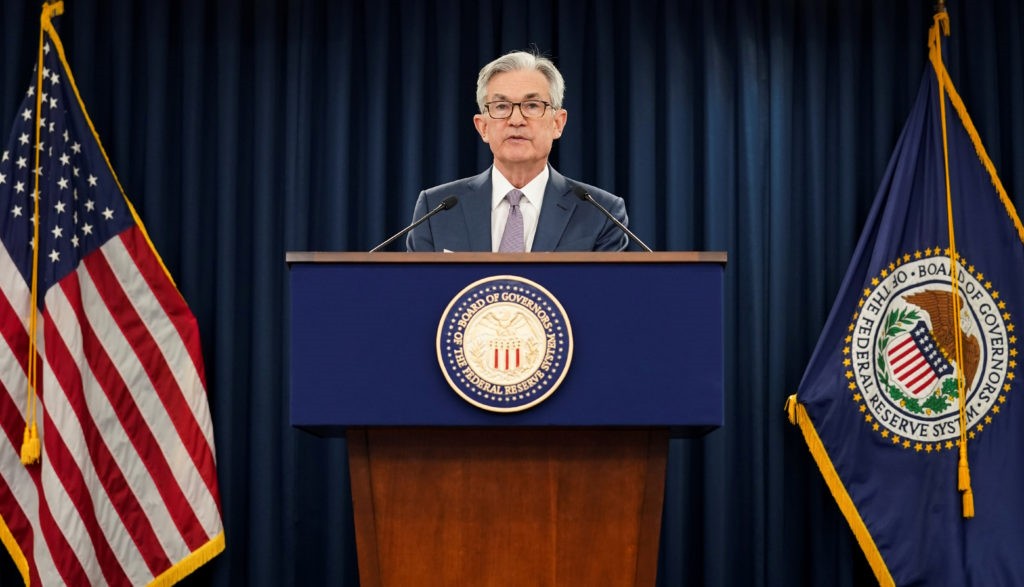
Federal Reserve Chair Jerome Powell suggested the run-up in long-term Treasury yields could allow the central bank to suspend a historic run of interest-rate increases so long as recent progress on inflation continues. Powell’s remarks at a Thursday lunchtime address in New York closely tracked those of colleagues who indicated in recent days that they would hold short-term interest rates steady at their next meeting on Oct. 31-Nov. 1.
That is in part because the swift rise in long-term rates over the past month could slow the economy, effectively substituting for another Fed hike if higher borrowing costs are sustained. Yields on the 10-year Treasury note neared 5% on Thursday, closing at 4.987%, a new 16-year high and up from 4.902% on Wednesday. Stocks closed broadly lower, with the Dow down 251 points.
“We have to let this play out and watch it, but for now, it is clearly a tightening in financial conditions,” Powell said. The whole point of raising interest rates is to “affect financial conditions, and higher bond rates are producing tighter financial conditions right now.” When longer-term interest rates go up, that influences a range of borrowing costs from mortgage and auto loans to business debt. In recent days, U.S. mortgage lenders have been quoting rates near 8% on the 30-year fixed rate loan, a level last seen in 2000.
Asked whether the recent jump in borrowing costs could substitute for further Fed increases, Powell added, “At the margin, it could.” Still, robust economic activity has made it difficult for the Fed to declare an end to rate rises, and Powell stopped short of doing so Thursday. But his comments approvingly cited recent declines in inflation and an apparent cooling in labor markets in ways that revealed greater comfort with the Fed’s policy stance, raising the bar for another increase in December or beyond.“Powell is not going to signal a hard stop to rate hikes,” said Tim Duy, chief economist at SGH Macro Advisors. “He’s always going to dangle the possibility of another hike. But the data needs to change markedly to push the Fed in that direction.”
A blowout September employment report from the Labor Department earlier this month and a strong retail-sales report from the Commerce Department on Tuesday have extended a run of brisk data releases. The Fed released its summary of economic projections at the latest FOMC meeting. What does it say about the current state of the economy and what will policy makers do next? Powell didn’t suggest that such resilience was yet generating the heat—in the form of higher inflation—that would justify raising rates further. “It may just be that rates haven’t been high enough for long enough,” said Powell. As he did in a speech this August, Powell twice used the word “could” instead of the more muscular “would” to describe whether the Fed would tighten again. Evidence of stronger growth “could put further progress at risk and could warrant further tightening of monetary policy,” he said.
Fed officials face a tricky forecasting exercise right now because even though economic activity has defied projections of an imminent slowdown, inflation has also declined. Supply chains have healed, and demand for goods, services and workers eased following boom-like conditions when the economy reopened after the pandemic. Using the Fed’s preferred inflation gauge, the central bank estimates that core prices, which exclude volatile food and energy items, likely rose 3.7% in September, down from 3.9% in August and 4.9% at the end of last year, Powell said. The Fed’s inflation target is 2%.
The Commerce Department will release the inflation figures next week. The question going forward is whether strong consumer spending will continue to buoy hiring and economic demand in ways that stall progress bringing down inflation. That could call for still-tighter monetary policy.
Alternately, the effects of past rate rises could slow the economy and keep inflation heading lower, forcing the Fed to instead wrestle with how much longer to hold rates at their current levels before cutting them. Notably, Powell suggested that wage growth, which had been a top concern of his and other officials over the past year, now appeared to be slowing toward levels that would be consistent with the Fed’s target. Earlier this year, Powell described the labor market as overheated, risking a dangerous dynamic in which paychecks and prices rise in lockstep, fueling inflation.
Over the last 20 months, the Fed has raised interest rates at the fastest pace in four decades to combat inflation that soared to 40-year highs. The Fed’s most recent increase, in July, pushed the benchmark federal-funds rate to a range between 5.25% and 5.5%, a 22-year high. “Given the fast pace of tightening, there may still be meaningful tightening in the pipeline,” Powell said. The 10-year Treasury yield has risen nearly 1 percentage point since the Fed last raised rates at the end of July, an unusually large increase in such a short time frame.
The Treasury market selloff accelerated after the central bank’s most recent meeting last month, when officials held rates steady but indicated they would hold rates near their current levels through most of next year if the economy avoided a sharp downturn. Interest-rate analysts have said the selloff reflects a combination of forces: Markets are looking ahead to rising supply of longer-dated Treasurys at a time when some buyers have reduced their appetite for such debt.
Moreover, the prospect that the Fed might not cut rates as soon as some investors previously anticipated have made those Treasurys less attractive at current prices relative to shorter-dated securities. Investors might also be demanding higher yields to purchase longer-dated bonds because bonds over the past year haven’t served their traditional role in holding their value when stocks decline. If investors expect greater inflation volatility in the coming years, bonds would be a less attractive hedge against stocks, requiring a higher premium for owning them.
Powell said the bond selloff didn’t appear to be driven by investors demanding a higher premium because they expected inflation to be higher, and neither did the selloff reflect expectations that the Fed would raise interest rates to higher levels. If expectations of a higher short-term interest rate path were responsible for higher yields and tighter financial conditions, the Fed would need to follow through by raising interest rates to sustain those tighter conditions. “But that doesn’t seem to be the case,” Powell said.

